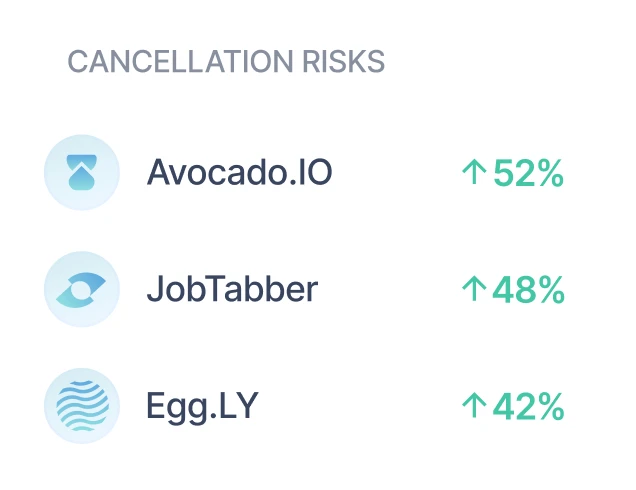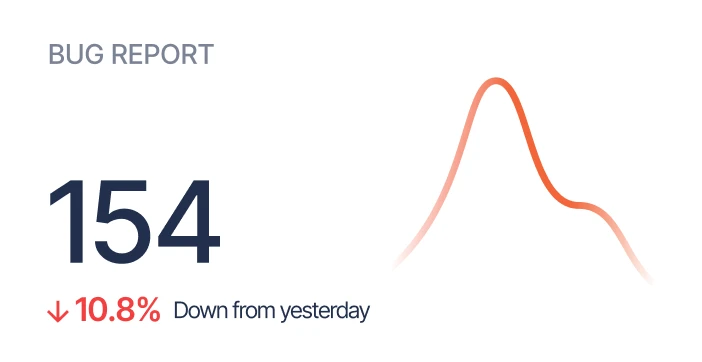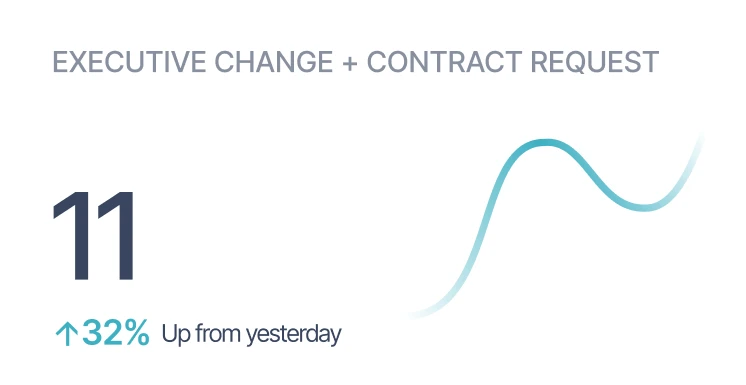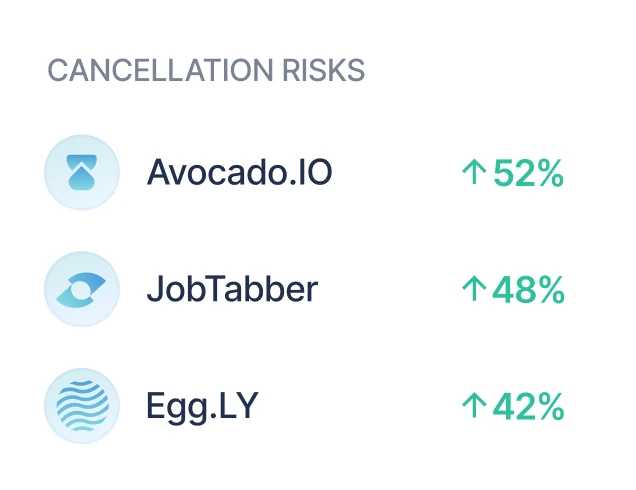Customer churn is one of the most persistent threats to sustainable SaaS growth, particularly for companies entering scale-up phases. Expansion multiplies both the number of customer interactions and the complexity of service operations, which can cause early signals of dissatisfaction to be missed. Sturdy provides an operational solution by unifying communications across channels, applying AI to identify early churn indicators, and pushing actionable alerts into existing workflows. Together, these capabilities transform scattered feedback into structured intelligence that teams can use to preserve revenue and improve retention.
Consolidating Customer Data into a Unified System
Churn monitoring requires visibility across every customer touchpoint. Sturdy ingests communications from emails, tickets, chats, surveys, call transcripts, and more into a single AI-ready dataset [1]. The platform analyzes each message to detect churn signals such as requests for contracts, feature complaints, or shifts in sentiment [2]. An administrator can extend this intelligence by creating custom AI agents that answer targeted business questions without requiring engineering support [3]. In aggregate, the system eliminates fragmentation across tools and surfaces actionable insights that previously remained hidden in silos. By 2025, Sturdy had already processed over 31.1 million business conversations, demonstrating its ability to support data consolidation at enterprise scale [4].
Detecting and Acting on Early Churn Signals
Retention depends on identifying issues before they escalate to cancellations. Sturdy continuously evaluates each communication for predefined signals such as strong churn intent, product confusion, or negative sentiment, and learns new patterns over time [2]. When a churn indicator is found, the platform directs alerts into tools already in use. Slack channels can be configured to receive real-time warnings when a customer signals potential risk [5]. Jira integration converts issues into structured tickets with account-level context, reducing the need for manual entry by customer-facing teams [6]. This process eliminates approximately 87 hours of logging per support representative each year, translating to over $350,000 in reclaimed productivity for a 100-rep team [7].
A common real-world scenario illustrates the effect: if a customer submits a support ticket with a request for their contract, Sturdy interprets this as a potential cancellation signal. An immediate alert is sent to the responsible customer retention team, which can then intervene while the relationship remains recoverable. This sequence converts a hidden early warning into a structured workflow, allowing businesses to preserve revenue that might otherwise have been lost.
Driving Retention and Revenue Impact
SaaS operators measure the success of churn mitigation by improvements in net-dollar retention and customer lifetime value. Sturdy is designed specifically for these outcomes. By revealing hidden churn triggers such as bugs, decision-maker changes, or customer frustration, the platform enables proactive intervention that lifts retention rates [8]. Customers report measurable results: Hawke Media achieved a 30 percent month-over-month retention improvement within six weeks of adoption [9], and MP, a SaaS provider with more than 100 enterprise accounts, maintained 100 percent retention in this segment after deployment [10]. Even marginal churn reductions have material financial effects, with Sturdy reporting that decreasing churn from 10 percent to 9 percent in a $10 million ARR company equates to approximately $85,000 in preserved customer value [11]. These metrics position the platform as a direct contributor to improved unit economics at scale.
Teams seeking to manage churn at scale benefit from combining these capabilities in practice. By consolidating data, automatically detecting churn signals, and embedding alerts into daily workflows, operations leaders can preserve predictable revenue streams while minimizing manual effort.
What this means is that churn can be transformed from a reactive metric into a managed process. Sturdy equips organizations to intercept retention risks early, align their intervention teams around shared intelligence, and redirect operational resources away from administrative burden and toward customer engagement. For leaders responsible for scaling operations, the logical next inquiry is how to integrate Sturdy into existing systems of record and performance management frameworks to achieve sustained retention improvements.
References
[1] sturdy.ai • [2] sturdy.ai • [3] sturdy.ai • [4] sturdy.ai • [5] sturdy.ai • [6] sturdy.ai • [7] sturdy.ai • [8] sturdy.ai • [9] sturdy.ai • [10] sturdy.ai • [11] sturdy.ai

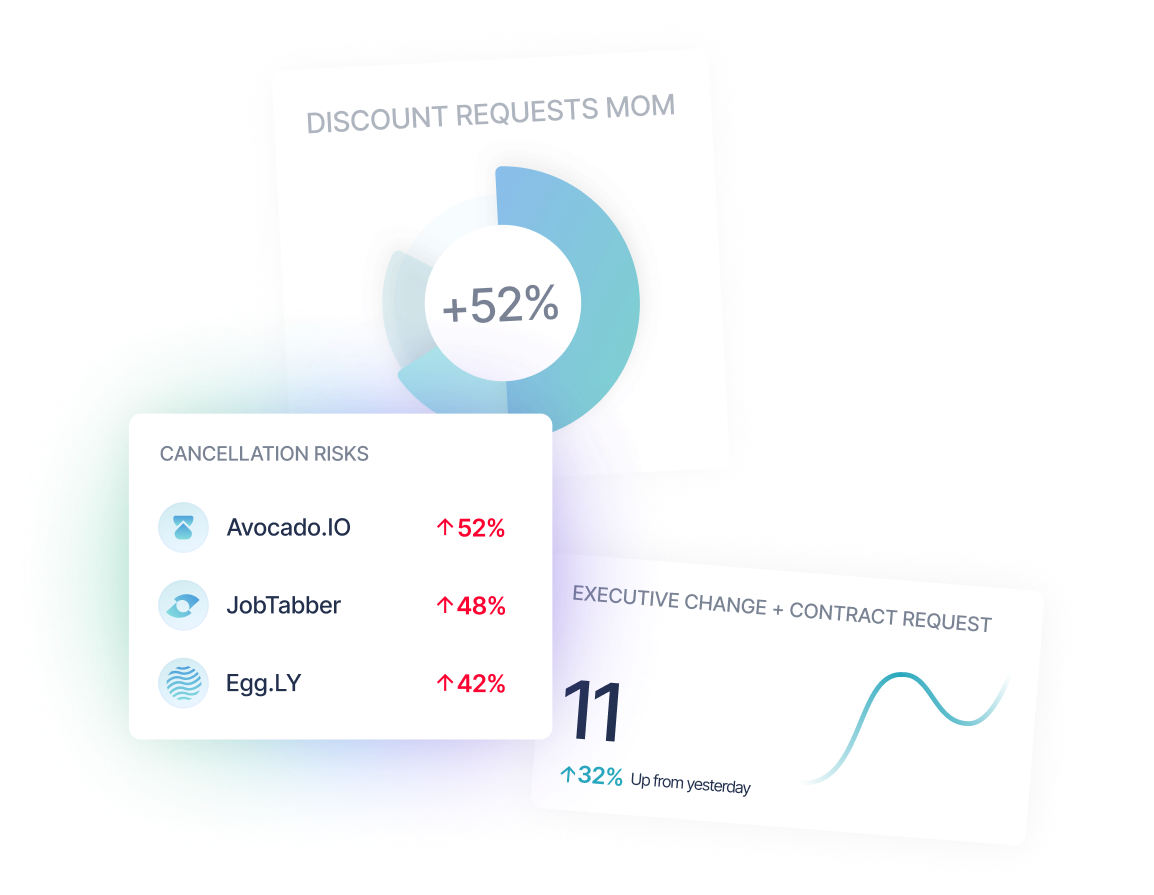



%201.png)

